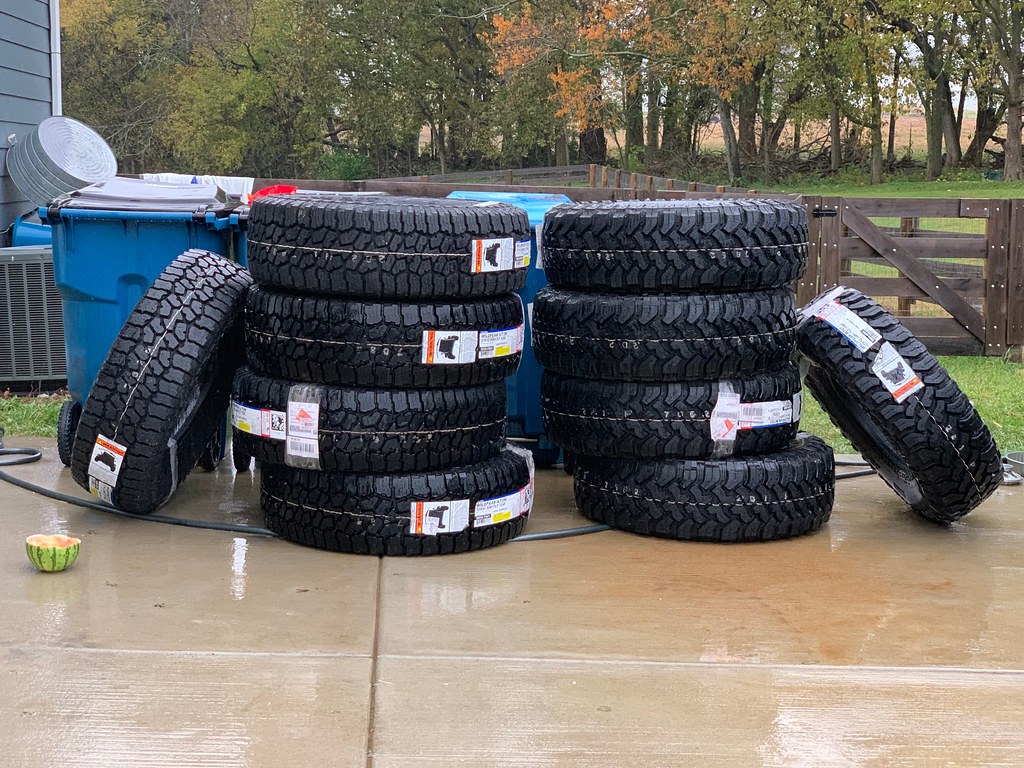Explorerinil
Observer
I’m not going to do another RT tire, I’m after a mud terrain, I guess I’ll have to get some 37x13.50r17 Toyo MT e rated tires. Please tell flaken to make an e rated 37 on a 17 inch rim.the 37x12.50R17D M/T has a load rating of 3525, the 37x13.50R20E's that i run currently have a load rating of 3860. Not a huge difference honestly.
Wait for the new Falken R/T that will be out this coming summer, its built specifically for 3/4 and one ton trucks.
I don’t care about the d vs e arguments... I want an e rated tire, I feel they last longer on a heavy truck, I’ve seen that first hand.

 Untitled
Untitled